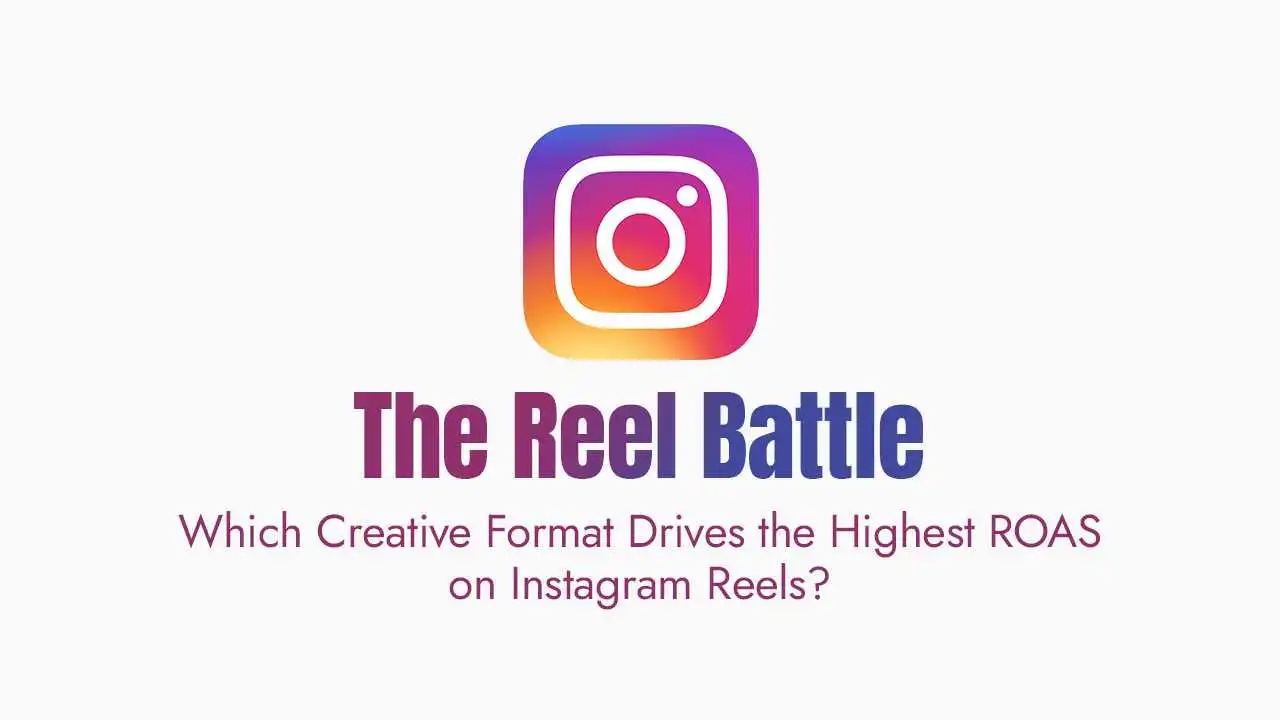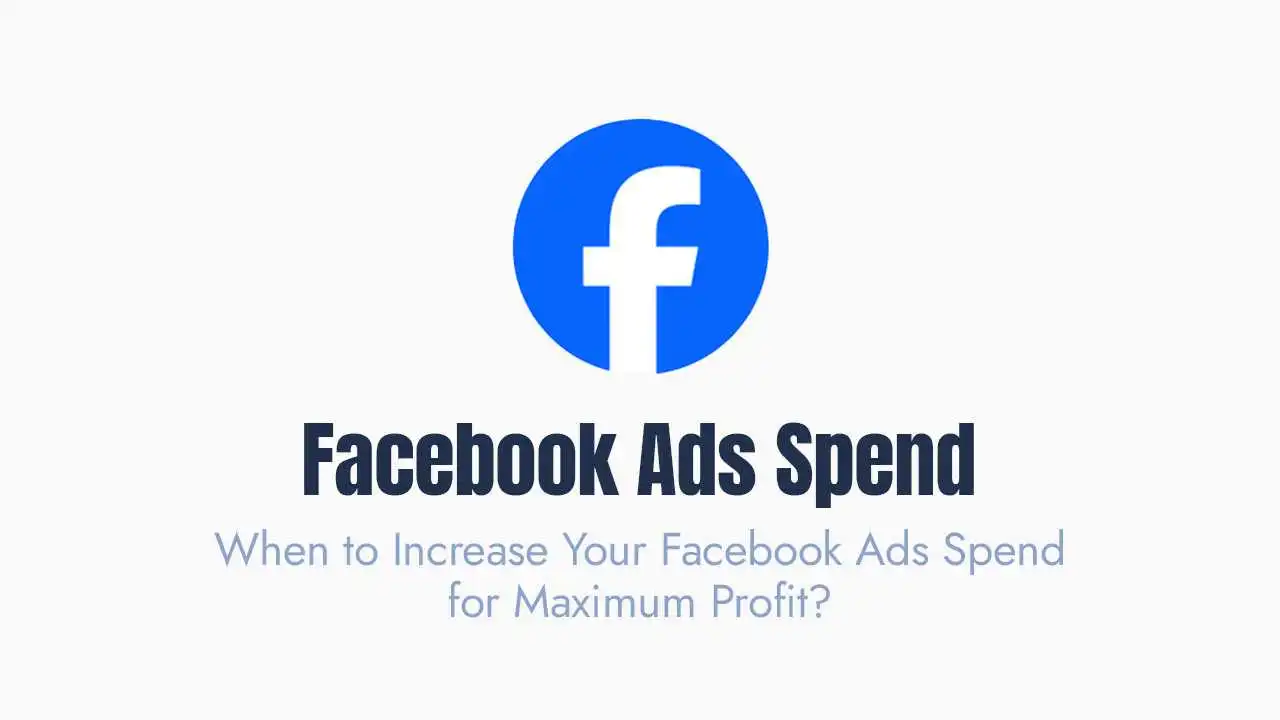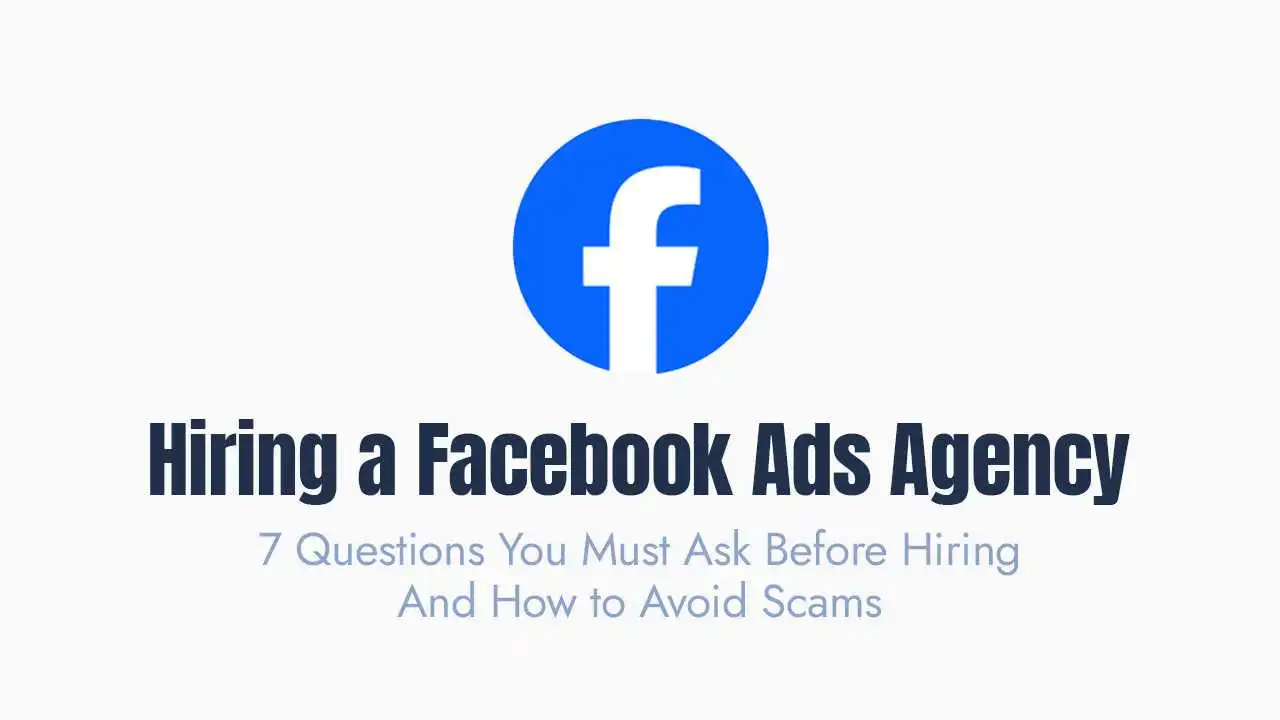For many businesses, email marketing begins and ends with a weekly newsletter. While newsletters are great for keeping your audience informed, they’re only scratching the surface of what’s possible.
The real power of email marketing lies in automation—the ability to send the right message to the right person at the exact right moment, all without lifting a finger.
Think of email automation as your most efficient, hardworking, and unpaid employee, tirelessly nurturing leads and building customer relationships 24/7.
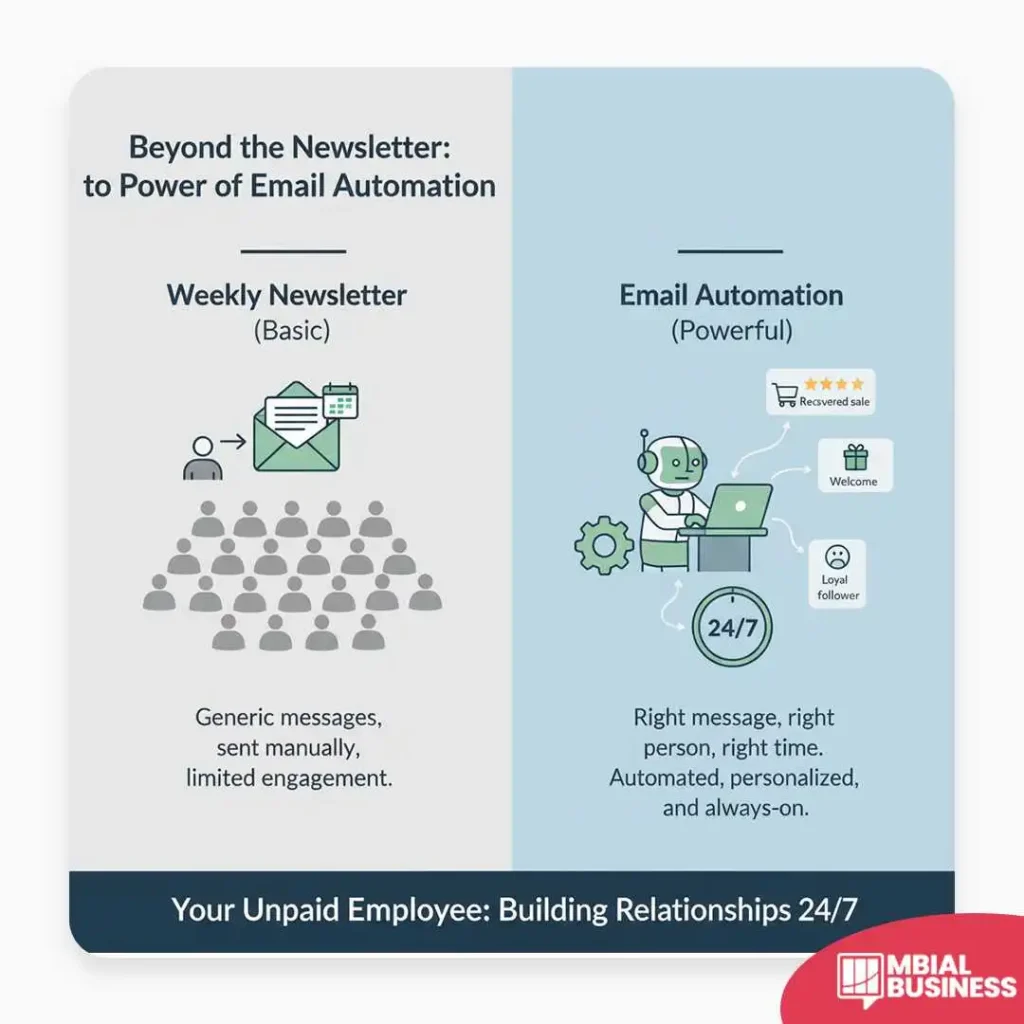
Why Automation Is Your Unpaid Employee?
Implementing email automation isn’t just about saving time; it’s about making every message more effective.
Relevance at Scale:
Automated emails are triggered by a specific customer action, such as a purchase or a sign-up. This makes them highly relevant and timely, resulting in significantly higher open and click-through rates than a generic weekly blast.
Boosted ROI:
By automating critical sales and retention sequences, you can recover lost revenue, increase customer lifetime value, and turn one-time buyers into repeat customers—all on autopilot.
More Efficient Marketing:
Once a sequence is set up and optimized, it runs in the background. This frees you up to focus on other high-impact marketing activities like creating content and building community.
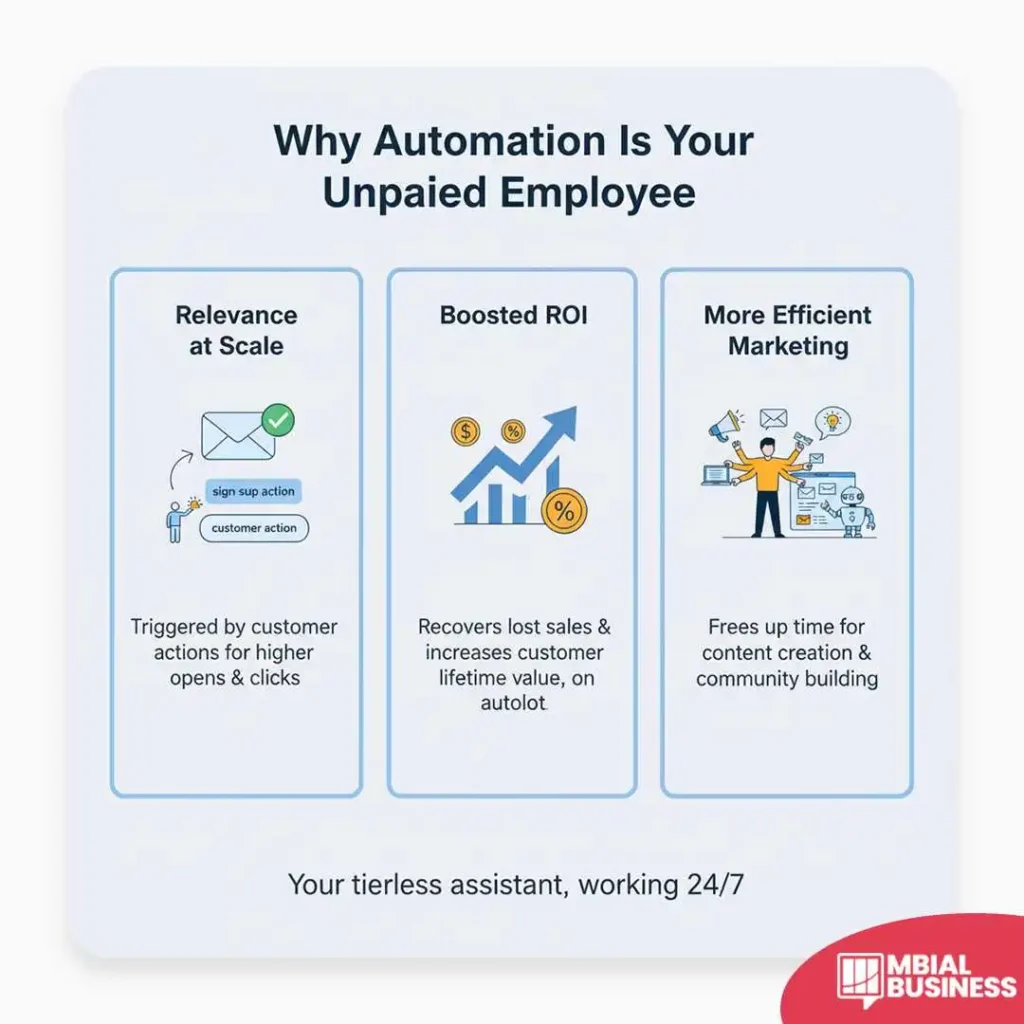
5-Step Guide to Email Marketing Automation:
Here are five essential email sequences that every small business should automate to turn passive subscribers into a loyal following.
1. The Welcome Series:
This is the most critical sequence you’ll set up. It’s your chance to make a strong first impression, introduce your brand, and set the stage for a long-term relationship. A good welcome series usually has 2-3 emails.
Email 1 (Immediate):
A warm “thank you” for signing up. This is an opportunity to set expectations for what they’ll receive and to offer a small welcome gift, like a discount code.
Email 2 (Day 2):
Provide value. Tell your brand’s story, share a helpful tip, or link to your most popular content. This builds trust without asking for a sale.
Email 3 (Day 4):
The call to action. This email can present a product, a service, or a reason to buy, leveraging the goodwill you’ve already built.
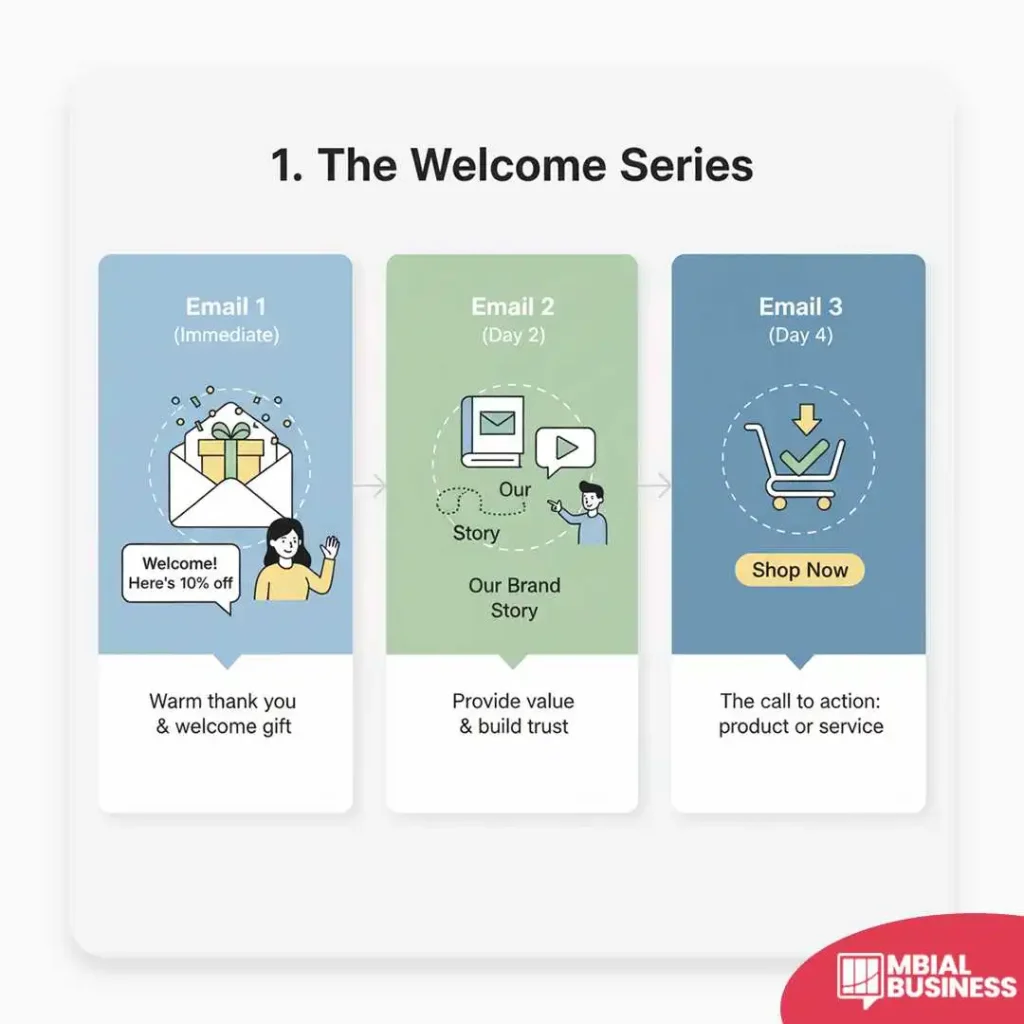
2. The Abandoned Cart Sequence:
This sequence is pure gold for e-commerce businesses. On average, over 70% of online shoppers abandon their cart. An automated abandoned cart sequence can recover a significant portion of that lost revenue.
Email 1 (1 hour after abandonment):
A simple reminder. “Did you forget something?” with a link back to their cart. This catches customers who got distracted.
Email 2 (24 hours after):
A follow-up with a compelling reason to return, such as social proof or a customer review.
Email 3 (48-72 hours after):
A final email that might include a small incentive, like a free shipping offer, to get them to convert.
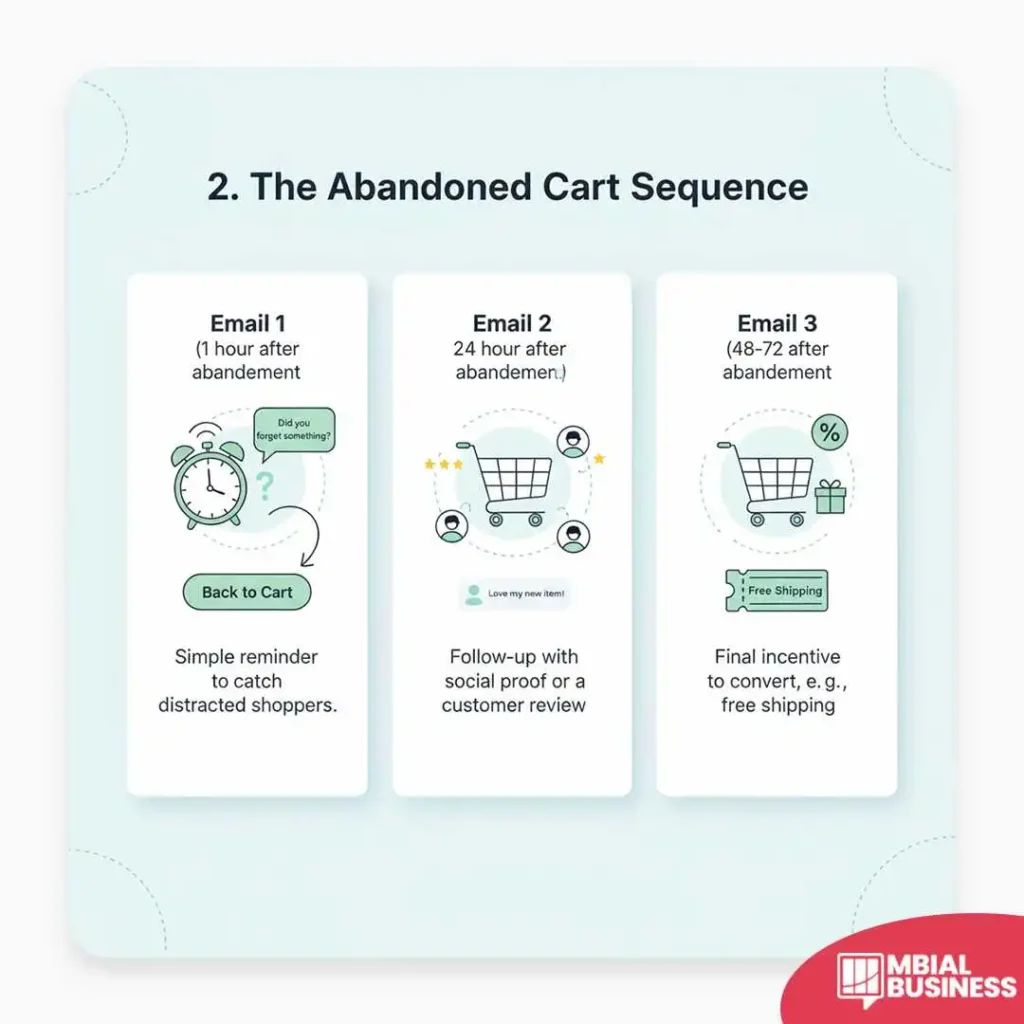
3. The Post-Purchase Follow-Up:
A customer has just bought something. This is your chance to reinforce their decision and build loyalty.
Email 1 (Immediately after purchase):
A detailed order confirmation.
Email 2 (After delivery):
A simple check-in. Ask for a review of the product and their experience. This shows you care and provides valuable feedback.
Email 3 (Week 2):
A personalized recommendation for a related product or a link to helpful resources. For example, if they bought running shoes, suggest socks or other gear.
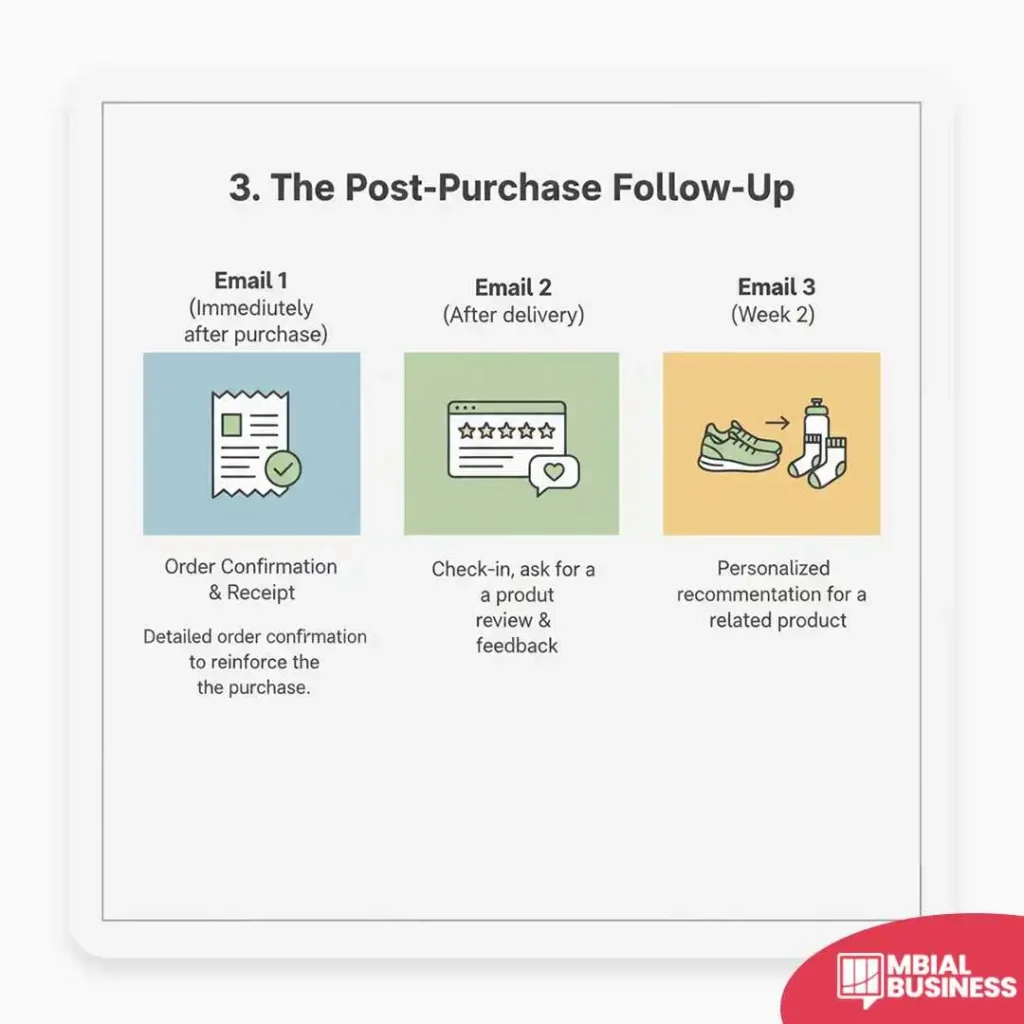
4. The Win-Back Campaign:
Don’t let inactive subscribers fall off your radar. A win-back campaign can re-engage customers who haven’t opened an email or made a purchase in a while.
Email 1:
A friendly check-in. “We miss you!” or “It’s been a while…”
Email 2:
An offer they can’t refuse, like a special discount or a limited-time coupon.
Email 3:
A final attempt before you remove them from your active list. This helps you keep your list clean and your metrics strong.
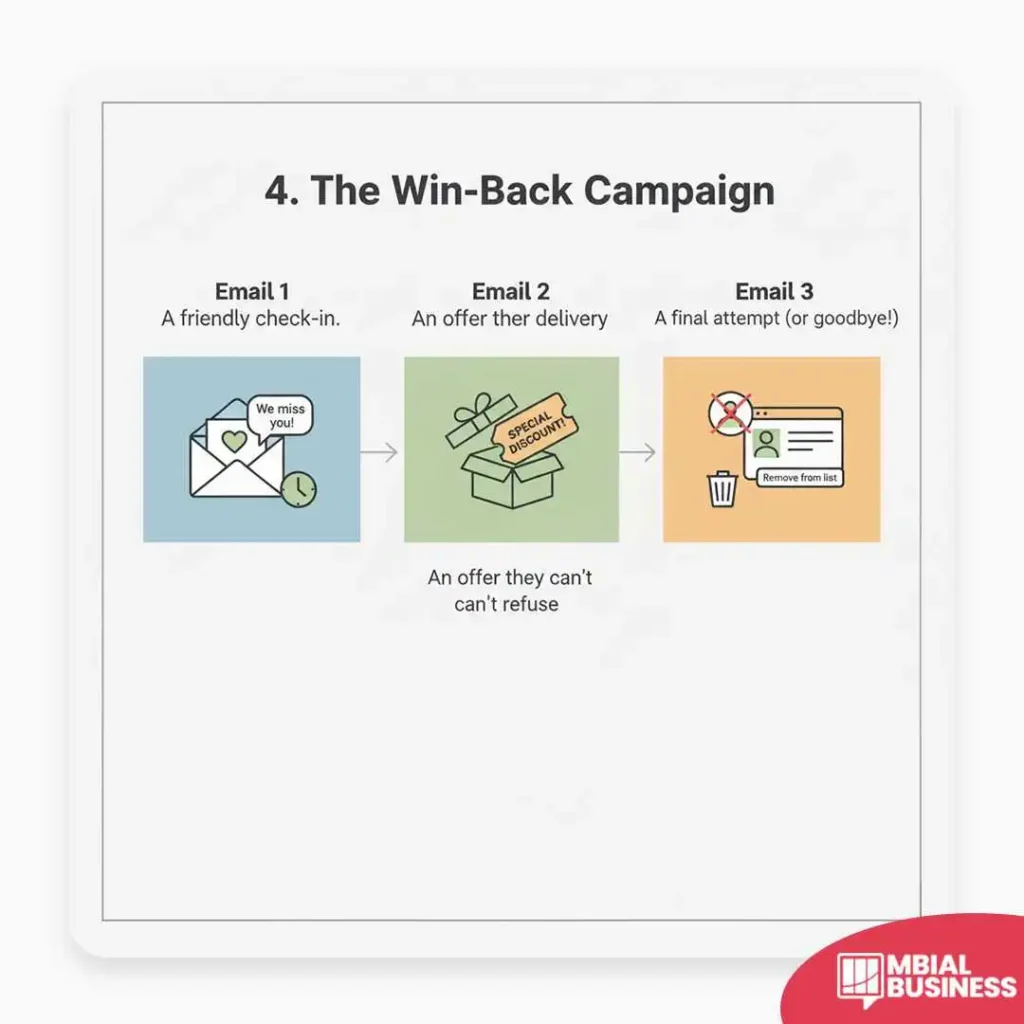
5. The Referral/Review Sequence:
Your most loyal customers are your best marketing tool. Automate a sequence that asks for reviews or referrals after a successful purchase.
Email 1:
Request a review or a testimonial for the product they bought. This also helps other potential customers.
Email 2:
Offer an incentive for a referral, like a discount for them and a friend. This turns a single transaction into a powerful growth channel.

What You’ll Need to Get Started?
To implement these sequences, you’ll need two things: a solid email marketing platform that supports automation (like Mailchimp, Klaviyo, or HubSpot) and an understanding of your customer’s journey.
Once you set up these sequences, you’re no longer just sending messages; you’re building a conversation that leads to more sales and a more engaged, loyal customer base, all on autopilot.
Frequently Asked Questions (FAQs):
1. What is the difference between a regular weekly newsletter and an automated email sequence?
A regular weekly newsletter is typically a broadcast message sent to your entire list simultaneously, regardless of a subscriber’s individual actions; its goal is usually to inform or update. In contrast, an automated email sequence (or flow) is a targeted series of emails that are automatically triggered by a specific action a subscriber takes, such as signing up, abandoning a cart, or making a purchase. Because these automated emails are timely and directly related to the subscriber’s recent behavior, they are highly relevant and therefore achieve significantly higher engagement, conversion, and return on investment (ROI) compared to generic newsletters.
2. How quickly will I see results after implementing my first automated email sequence?
The speed at which you see results often depends on the type of sequence you implement, but the most immediate impact is usually seen with the welcome series and the abandoned cart sequence. A welcome series, which goes out instantly to new sign-ups, immediately begins to build a relationship and drive initial conversions. Similarly, because an abandoned cart sequence targets customers who are already highly interested, you can often recover lost sales within the first 24 to 72 hours of its activation. While other sequences, like win-back campaigns, may take longer to show an overall impact on your list health, the transactional sequences typically generate measurable positive returns right away.
3. Is email marketing automation only for e-commerce businesses, or can service-based businesses use it too?
Email marketing automation is highly effective for all types of businesses, not just e-commerce. While the abandoned cart sequence is specific to online stores, service-based businesses (like consultants, agencies, or educators) can utilize the other four core sequences to nurture leads and build loyalty just as effectively. For instance, a consultant can use a welcome series to deliver a valuable guide after a sign-up, a post-purchase sequence to follow up on client satisfaction after a project is complete, and a referral sequence to encourage happy clients to recommend their services, all running seamlessly in the background.
4. What are the main benefits of cleaning up my email list using a Win-Back Campaign?
The primary benefit of a Win-Back Campaign is to improve the overall health and performance of your email marketing program, even if it means eventually removing some inactive subscribers. By identifying and then removing subscribers who consistently ignore your final re-engagement attempts, you significantly improve your average open rates, click-through rates, and delivery rates, which signals to email service providers that your content is valuable, boosting the inbox placement for your active subscribers. Furthermore, maintaining a smaller but more engaged list reduces the cost associated with many email platforms and ensures your marketing efforts are focused only on people who are genuinely interested in your brand.
5. What should I do if my Abandoned Cart Sequence isn't resulting in recovered sales?
If your Abandoned Cart Sequence is running but not recovering sales, you should analyze and test a few key elements, as the issue often lies in the messaging or the incentive. First, ensure the timing is optimized; sending the first email too late can miss the customer who got temporarily distracted. Next, check the value proposition in your follow-up emails: are you reminding the customer of why they wanted the product in the first place, perhaps by including strong social proof or customer reviews? Finally, if all else fails, test the incentive in your final email, as a simple offer like free shipping or a modest discount can often provide the final nudge a hesitant customer needs to complete their purchase.


